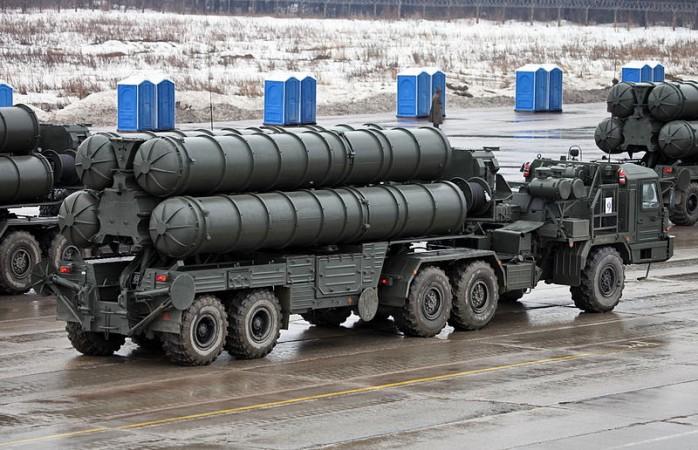
India finally signed the deal to acquire S-400 surface-to-air missile systems from Russia. The air defence system is expected to buttress our sky defence system from multiple targets. The military experts have hailed the decision by the central government on this deal. However, every equipment comes with its own set of strengths and weaknesses and S-400 is no special.
The Print has analyzed the defence system with the help of the Army Veteran Col. Vinayak Bhat (Retd.) and has made some shocking revelations about S-400.
Five Minutes Emplacement Time
The manufactures of the system have claimed that it can be deployed and operational within five minutes of the warning. But the claim is limited to the plains and deserts areas of Punjab and Rajasthan only.
When the system is being deployed in the mountainous regions or jungle terrain the 96L6 and 92N6 radars of S-400 systems need to be raised at a higher elevation to enhance the field of view. An increased field of view plays a critical role in the engaging the targets.
In order to achieve the desired height, 40V6 mast assembly is used which involves demounting the 92N6 radar from mobile vehicle MZKT-7930 chassis and placing it on the 40V6 mast; a process which takes 45 to 90 minutes.
Effective Range
The news articles have widely reported that the range of 48N6E3 missile is 400 km. 48N6E3 missile is the export version of 48N6DM missile of the S-400 system; in reality, its range is 3-240 km. It is actually the 40N6 missiles which are capable of engaging targets even at a distance of 400kms but these missiles are not operational, not even in their country of origin, Russia.

Effective Altitude and Anti-Ballistic Missile (ABM) Capability
The S-400 air defence system which is being offered to India by Russia has 48N6E3 missile which is the export model. The missile uses a 180 kg directional warhead which is effective from 10 m to 27 km altitude.
It is to be noted that most ballistic missiles travel at much higher elevation than S-400's 27 km which means that the incoming warhead could only be intercepted only at the terminal phase of the missile i.e. the end phase.
The capability of blocking Hypersonic Weapons
The United States is conducting trails to achieve a speed of Mach 5+ at an altitude of between 50 km and 60 km for their missiles.
The Chinese Dongfeng (East Wind) DF-ZF or DF-17, are known to be traveling at an altitude of 80-90 km to achieve speeds of above Mach 10+. On the other hand, the Russian 48N6E3 missile which is an integral part of the S-400 air defence system can neither reach such altitudes nor the speeds of hypersonic missiles.
















